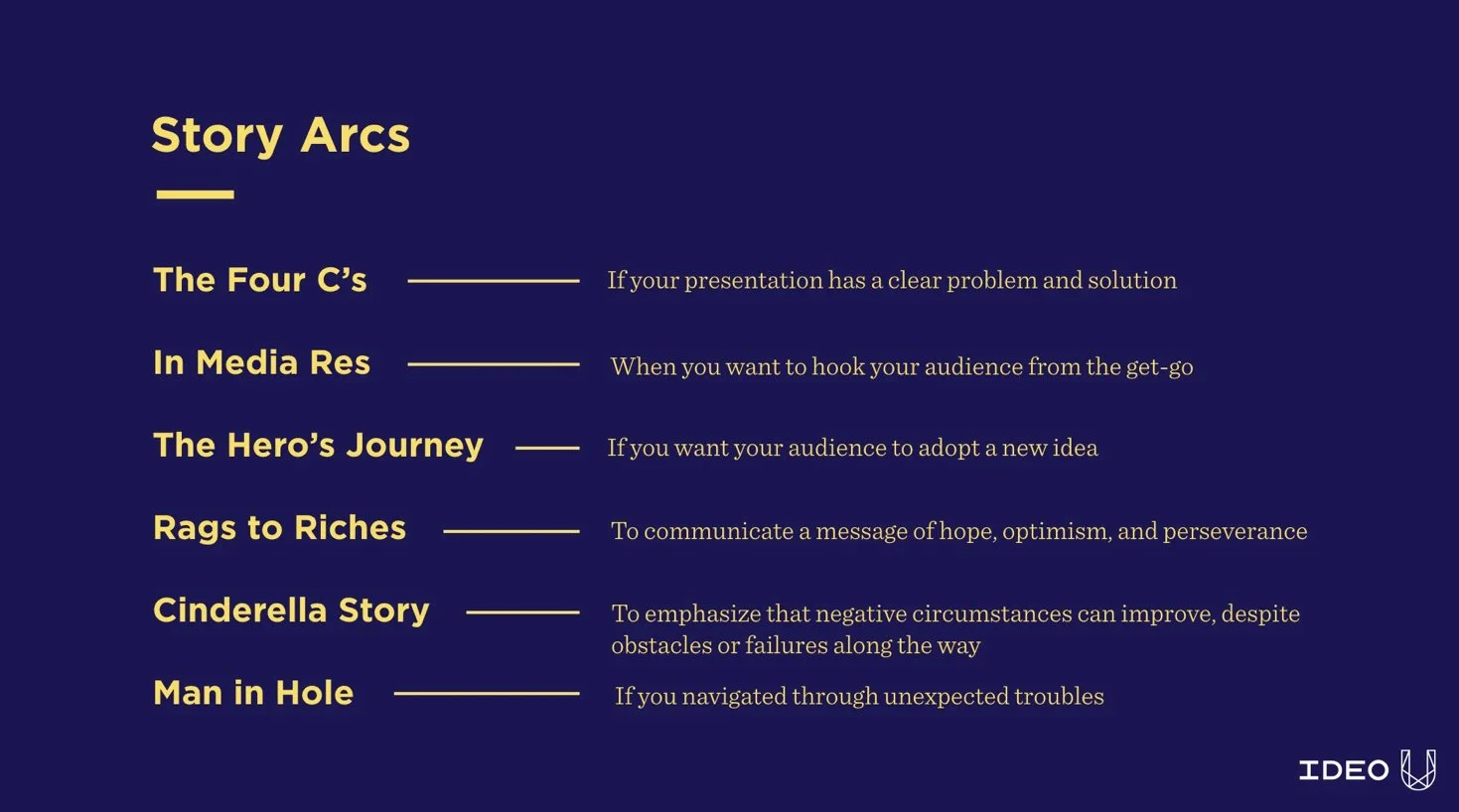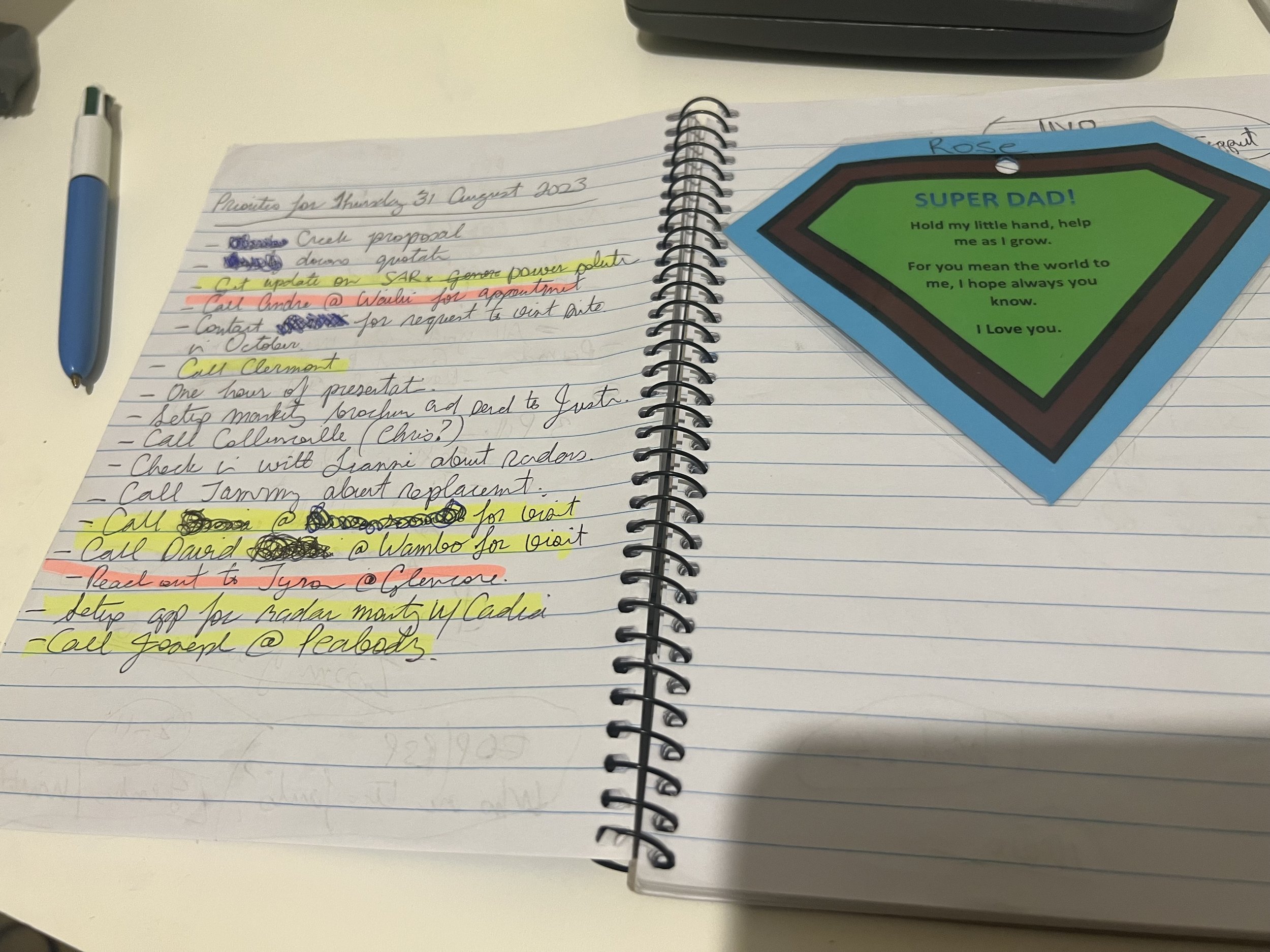In Solution Selling, when the customer has a problem, they would allow a supplier understand the situation and then prepare a “solution”.
Solution Selling was useful for the seller when they had greater insights than the buyer. It usually placed them with a strong position of power influence. We call this Information Asymmetry.
But thanks to the Internet, this has now changed. Buyers can solve their own problem through research. By the time they meet with a seller, their perspective has been quite fixed. According to Gartner’s 2017 Digital B2B Study, the buyer will complete 62% of their time learning and researching in comparison to the time they spend with the supplier.
It becomes very challenging to then come up with a way that effectively helps to influence the sale.
Enter Sense Making Sales by Gartner.
Sense Making “is the process of creating meaning from information, events, and experiences. It involves identifying patterns, interpreting data, and understanding the implications of various pieces of information. Gartner's sense-making framework helps organizations make better decisions, understand trends, and develop strategies based on a deeper understanding of the information at hand”.
“Key aspects of Gartner's sense-making framework include:
Data Collection: Gathering relevant data and information from various sources.
Data Analysis: Identifying patterns, trends, and relationships within the collected data.
Contextualization: Understanding the broader context in which the data exists.
Interpretation: Drawing insights and conclusions from the analyzed data.
Implications: Determining the potential consequences and future impact of the insights gained.
Actionable Insights: Using the insights to inform decision-making and strategy”.
The bottom line is that buyers are confused with all the “good information” provided by suppliers.
The more they research, the more they get confused.
Sense Making helps the buyer make sense of all the information and builds the confidence to make the right decision.
The longer I stay in a sales role, the easier it is to naturally become a Sense Maker in sales. You have a strong understanding of their challenges and can give them insights that really helps. Done in the right way it can be very effective.













